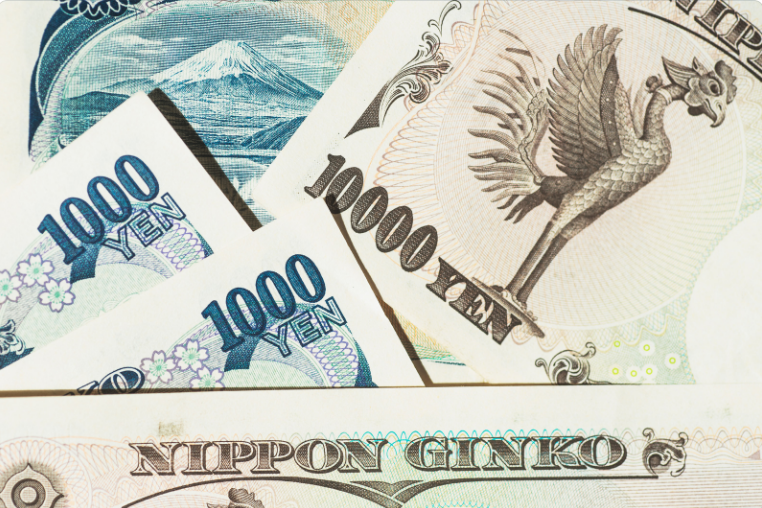
There is little upside potential for the Japanese yen in the coming months
MNCs should expect the yen (JPY) to experience additional depreciation over the next two quarters and account for the currency’s continued weakness in their business plans. Most crucially, firms must be strategic when making pricing decisions in Japan and must segment their customers carefully, because manufacturers and consumers are facing dual pressures of rising prices and currency depreciation. Furthermore, firms that import products into Japan should prepare for the cost of those imports to remain elevated for the rest of the year.
B2B firms in Japan should prioritize those customers that cater to the export market, as a weak yen will increase demand for their products. Export-oriented firms will also be better shielded from the effects of a weak yen than firms that cater to the domestic market.
Overview
Since the Russian invasion of Ukraine on February 24, the JPY has depreciated by over 10% due to rising commodity prices and the widening interest rate differential between the US Federal Reserve (Fed) and the Bank of Japan (BOJ). From trending close to 115 against the USD earlier this year, the yen’s value has fallen dramatically; it even crossed the 128 mark against the dollar for the first time in 20 years. The rapid depreciation of the yen has largely been brought about by the Russia-Ukraine war, which has caused commodity prices to skyrocket and inflation to intensify. Japan has been particularly vulnerable to these changes as it relies heavily on raw material and energy imports. Further, given the lackluster growth of the Japanese economy, the BOJ has not been able to shift its monetary policy to account for rising prices. As a result, recent tightening by the Fed has widened the interest rate differential between the two markets, pulling capital away from Japan and to the US.
Our View
There is little upside potential for the JPY in the coming months. First, sky-high commodity prices that have rapidly eaten away at the value of the yen are unlikely to come down in the short term. Instead, they are likely to continue pressuring the currency through at least Q3. Second, the BOJ is unlikely to make major shifts in policy, as Japan’s economic recovery so far has been lackluster, and the central bank must continue to maintain accommodative policies to support growth. Third, while the BOJ can directly intervene in currency markets to push up the value of the yen, it is unlikely to do so because of the sheer amount of reserves that would be required. Finally, the Japanese government has maintained strict border policies since the start of the pandemic and currently has no plans to resume international tourism. Even if tourism does restart in the immediate future, it will take several months for tourist arrivals to be large enough to significantly increase demand for the yen.
As a result, the yen will likely continue to depreciate over the next two quarters, albeit at a much slower rate than it did in March and April. In Q4 2022, we expect the yen to make up some of its lost ground, as energy prices will likely begin to fall and provide some respite to Japanese firms and households.
At FrontierView, our mission is to help our clients grow and win in their most important markets. We are excited to share that FiscalNote, a leading technology provider of global policy and market intelligence has acquired FrontierView. We will continue to cover issues and topics driving growth in your business, while fully leveraging FiscalNote’s portfolio within the global risk, ESG, and geopolitical advisory product suite.
Subscribe to our weekly newsletter The Lens published by our Global Economics and Scenarios team which highlights high-impact developments and trends for business professionals. For full access to our offerings, start your free trial today and download our complimentary mobile app, available on iOS and Android.

